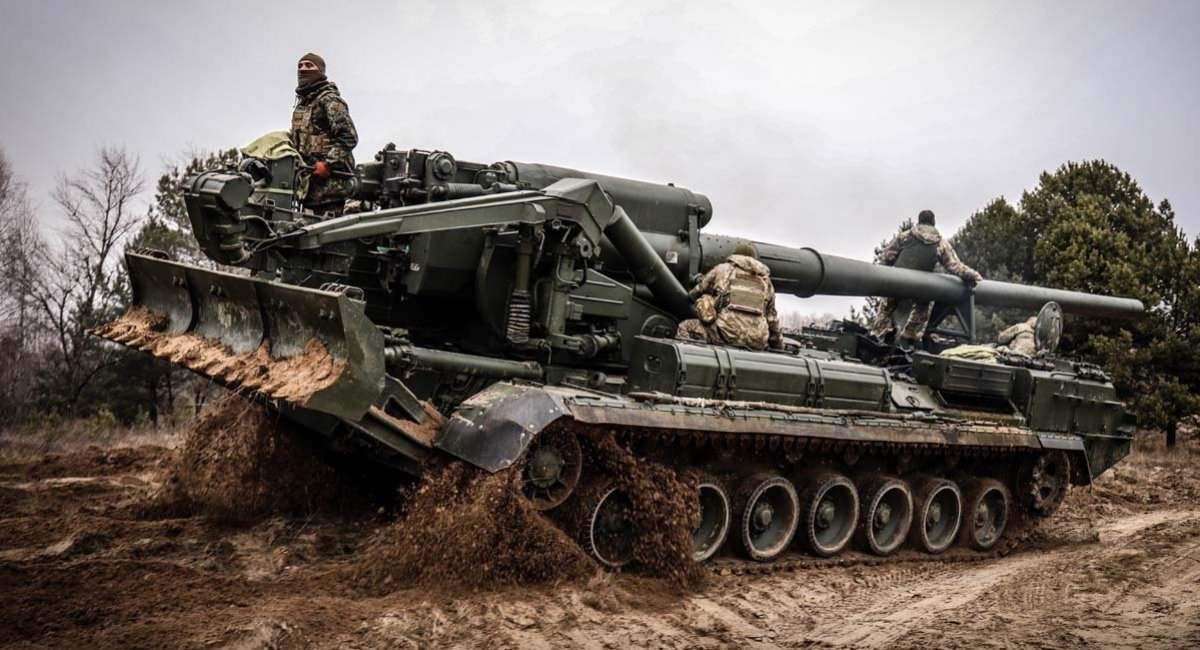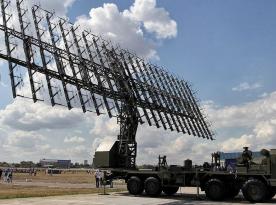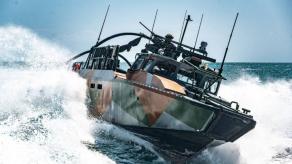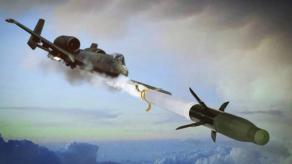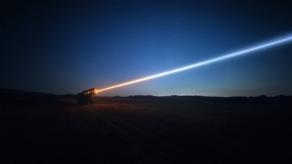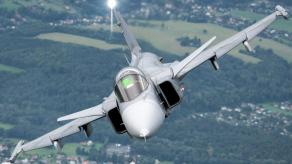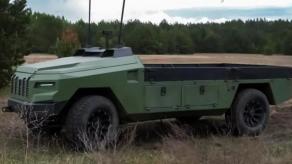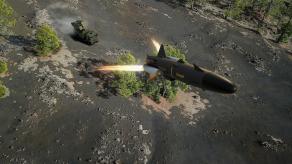Recently published photographs indicate that Ukrainian artillery crews have begun equipping 2S7 Pion self-propelled artillery systems with thermal imaging cameras, typically mounted on the front part of the vehicle’s hull.
At first glance, this may seem like a minor addition to the largest-caliber artillery piece in the Ukrainian Armed Forces. However, the authors of the German portal Hartpunkt have identified an interesting aspect in this upgrade—one that provides deeper insights into the challenges military equipment faces beyond the battlefield.
Read more: 43rd Artillery Brigade Hints at Receiving Additional Shells for 2S7 Pion Cannon and More

To begin with, as the authors point out, the 2S7 Pion operates at least 10–15 kilometers behind the front line, making the addition of a thermal imager seem unnecessary at first.
However, this seemingly minor upgrade offers several unexpected advantages. First, a thermal imaging camera significantly improves visibility for drivers during nighttime movements, eliminating the need to turn on headlights, which could reveal their position.
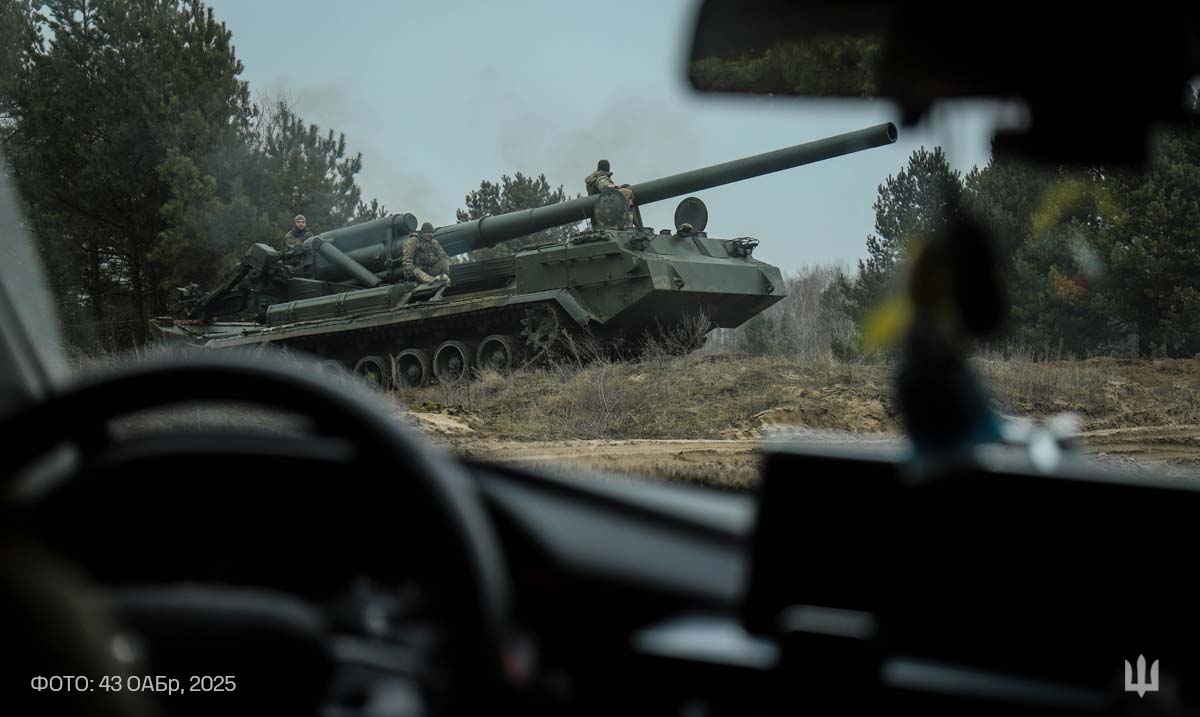
Additionally, as German analysts suggest, russian sabotage groups may be active in frontline areas, and a thermal imager on the 2S7 Pion (or any other self-propelled gun or military vehicle) could help detect an ambush in time and avoid falling into a trap.
Finally, the presence of a thermal imager on the 2S7 Pion in the Ukrainian Armed Forces could help counter an unexpected threat—russian FPV kamikaze drones "parked" along the roadside. These drones, left in standby mode, could be waiting to strike at the most unexpected moment.
The enemy’s tactic is simple: russian forces deploy kamikaze drones to the frontline zone, land them, and put them in standby mode, ready to attack a target at the most opportune and unpredictable moment.
In one of its publications in June 2024, Defense Express reported extensively on the PzH 2000 in service with the Ukrainian Armed Forces, but what about Ukraine’s 2S7 Pion self-propelled guns?
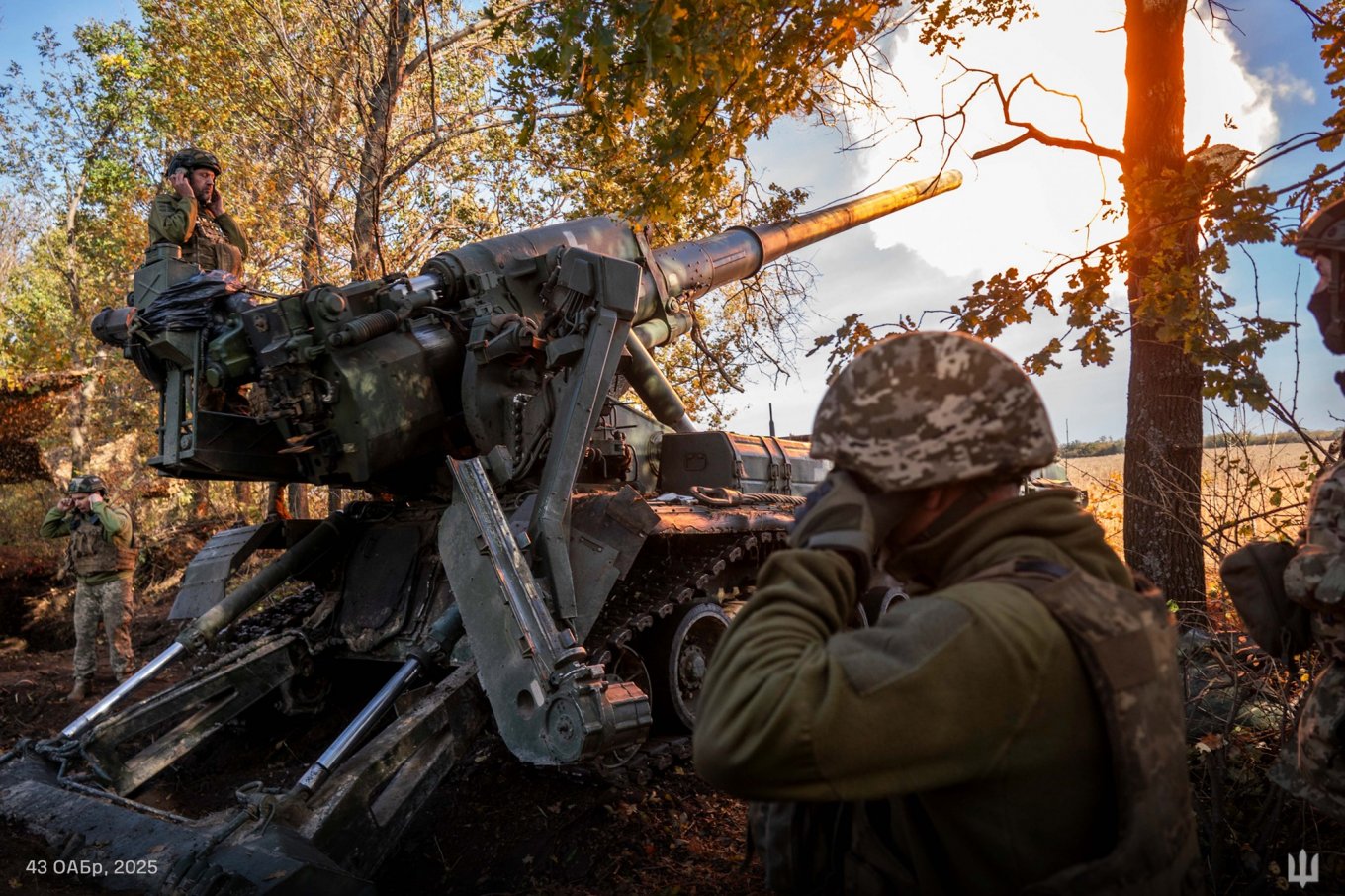
Read more: Can Ukraine's Thermobaric Sivalka VM8 System Compete with russian TOS-1 MLRS?




